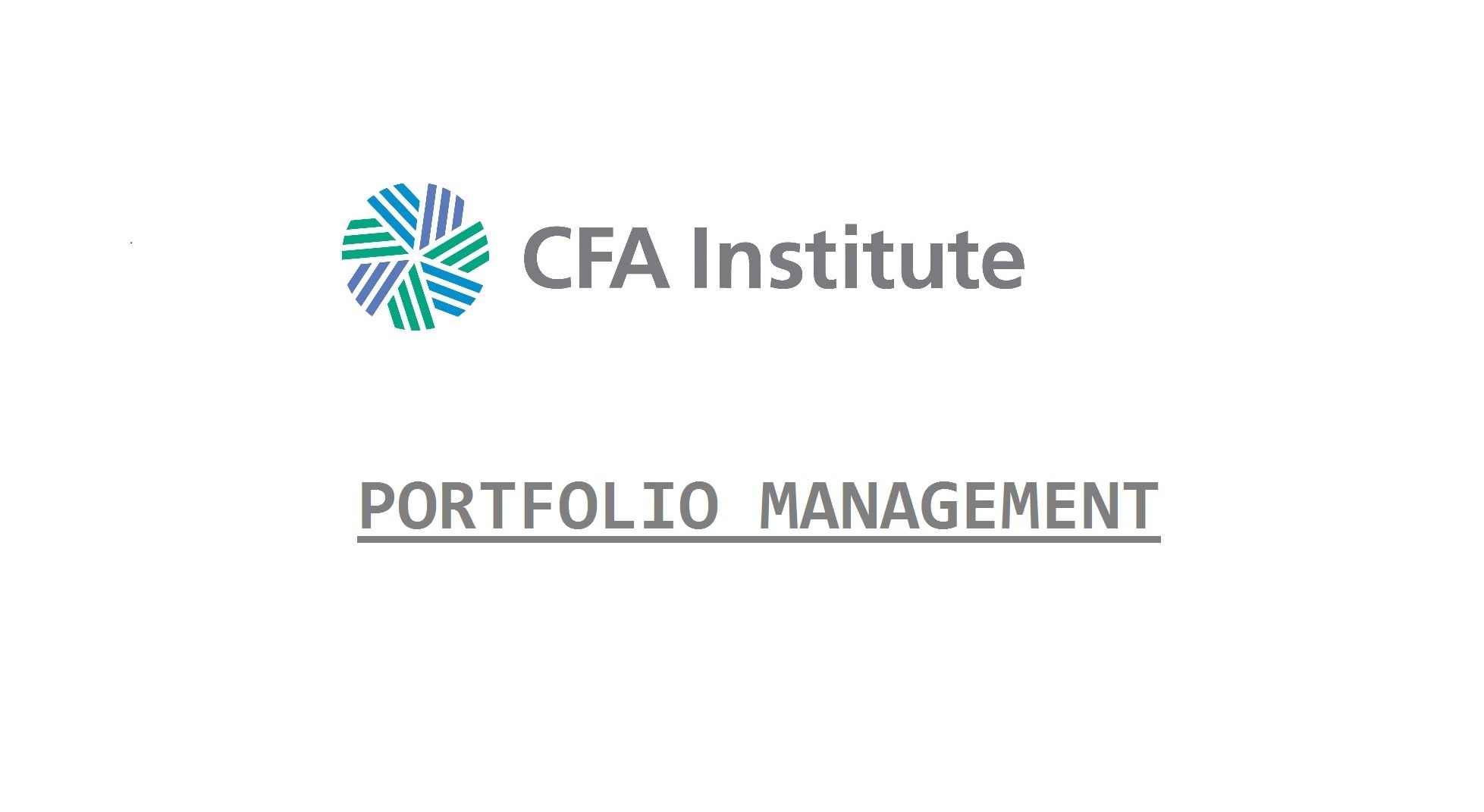The APT is a linear model of expected return that incorporates multiple systematic risk factors, but does not identify what the risk factors are. It has 3 main assumptions:
- Unsystematic risk can be diversified away in a portfolio
- Returns generated by factor modeling are not risk specific
- No arbitrage opportunities exist because investors will take infinitely large long and sort positions to exploit mispricing, thus adjusting prices to equilibrium levels immediately
We can use the following equation to show the relationship between the expected return of a portfolio and its risk sources:
E(RP) = RF + βP,1(λ1) + βP,2(λ2) + … + βP,k(λk)
Where:
λk = risk premium of each risk factor and
βP,k =the factor sensitivity to the risk factor
Each factor in the arbitrage pricing model is “priced,” meaning that each risk premium is statistically and economically significant. Unlike the CAPM, the APT does not require that one of the risk factors is the market portfolio. This is a major advantage of the arbitrage pricing model. The CAPM can be considered a special restrictive case of the APT in which there is only one risk factor, and where that one factor is restricted to be the market risk factor.
We can exploit arbitrage opportunities in the APT framework by looking at portfolio sensitivity betas and their expected returned. If we can combine two portfolios which have average return higher than another portfolio, but an average beta that is lower, we can short the single portfolio and long a mix of the two portfolios to gain an arbitrage profit when expected returns return to equilibrium. Under assumption 3 of APT, these types of situations are found, exploited and eliminated immediately.
